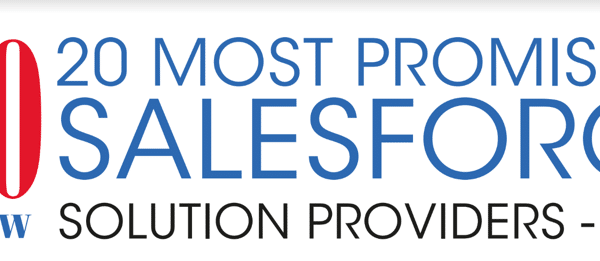Intro
Strategic Account Meetings (SAM), are not the same as sales meetings. They are not geared toward closing short term business, but rather to identify future revenue and ensure customer success.
Key benefits of the SAM:
- Building pipeline and identifying cross-sell and up-sell opportunities
- Ensuring customer success and building customer loyalty
- Ensuring a complete understanding of the customer’s long term goals and objectives
- Giving executive management insightful visibility into the account
- Verifying your short and long term strategies are in-line with the customer’s strategy and overall business plan
Here are some items I require my sales teams to verify, discuss, identify and document in every SAM. All of this must be stored and available in Salesforce.com and are part of every “Account Playbook”.
Verify
6 Month Plan and 12 Month Plan
Is your 6 and 12 Month Plan in-line with the customer’s business goals and objectives? Are meetings scheduled to complete any events/tasks in the plans? Is your customer champion signing off on your plans? Do they share your vision?
Example:
6 Month Plan
- Determine if your solution meets or has met their current and long term goals and objectives.
- Review the current state of your solution.
- Verify they are a reference customer and who’s the point of contact.
- Review 6 and12 month roadmaps and get their feedback.
- Identify any new players.
- Verify the customer’s buying process.
- Review customer initiatives.
- Review any existing support tickets.
12 Month Plan
- Review any possible renewals.
- Review the current state of your solution.
- Review 12 and 18 month roadmaps and get their feedback.
- Identify any new players.
- Verify the customer’s buying process.
- Review customer initiatives (12 – 24 months).
- Review customer’s earnings statements.
- Schedule executive briefing
Value Proposition
Can you articulate your value proposition of your solution(s) relative to your customer? Do they agree with you and see the long term value?
Example:
Strategy Mapper is redefining how sales organizations sell by using robust and accurate information to efficiently drive revenue. Customer meetings are at the heart of the sale cycle but are the least documented in an organization’s CRM. Strategy Mapper gathers customer intelligence and turns this information and data into the building blocks or “DNA” of Account Strategy and Opportunity Planning and does it in real-time as each sales cycle progresses.
Verify and Identify
Buying Process
What is the customer’s buying process? Once identified, their process can be used in every opportunity within this account. This helps to ensure your selling process is aligned with their buying process. Even in opportunities where the account owner is not the opportunity owner, the documented buying process will be known and will ensure the buyers and sellers are aligned.
Example:
- Identify the Problem
- Review Options
- Bring in top 3-4 vendors
- Pilot/Trial product(s)/solution(s)
- Select product(s)/solutions(s)
- Contracting – Legal
- Deploy product(s)/solution(s)
Initiatives
Identifying their initiatives and time-frames is the easiest and fastest way to grow and build your pipeline (cross-sell and up-sell). This also allows you to discuss any new products, identify new features and create an environment for future discussions. You can also create opportunities from initiatives as placeholders and/or milestones.
Example:
Deploy End-Point Security solution – Current FY – Q3 – Opportunity Created
Deploy Sales Empowerment solution – Current FY – Q4 – Opportunity Created
Account Milestones (Cadence)
What are key milestones that must be completed and who is responsible for each one to ensure success? Milestones can also be used to schedule marketing or business development activities and assign them to the proper resource.
Example:
Schedule Executive Briefing – Sept 2016 – Bill Shorter
Schedule 12 Roadmap Briefing – Oct 2016 – Jane Clayton
Create a new opportunity – Nov 2016 – Tarzan Clayton
Challenges
What are the challenges that can be encountered in closing business in this account? As with their buying process, this information can be leveraged in every opportunity linked to the account.
Example:
Their legal process normally takes 30 – 45 days
Difficult to meet with Decision Makers
Verify, Identify and Discuss
Key Players in Account
During each SAM verify all key players have been identified and their current role and stance (opinion) regarding your solutions has been documented. Know who is with you and who is against you. Verify their roles and current organizational structure.
Closing
By gathering the above information, you will ensure your customers are successful and you are driving revenue. You’ll also be ensuring that account team transitions go smoothly because all critical account information is readily available to the new team! Think of this as Disaster Recovery for Sales (DRS). To see how we use Strategy Mapper to gather this and much more critical information and data, email us at sales@pointntime.com or schedule a demo today.



